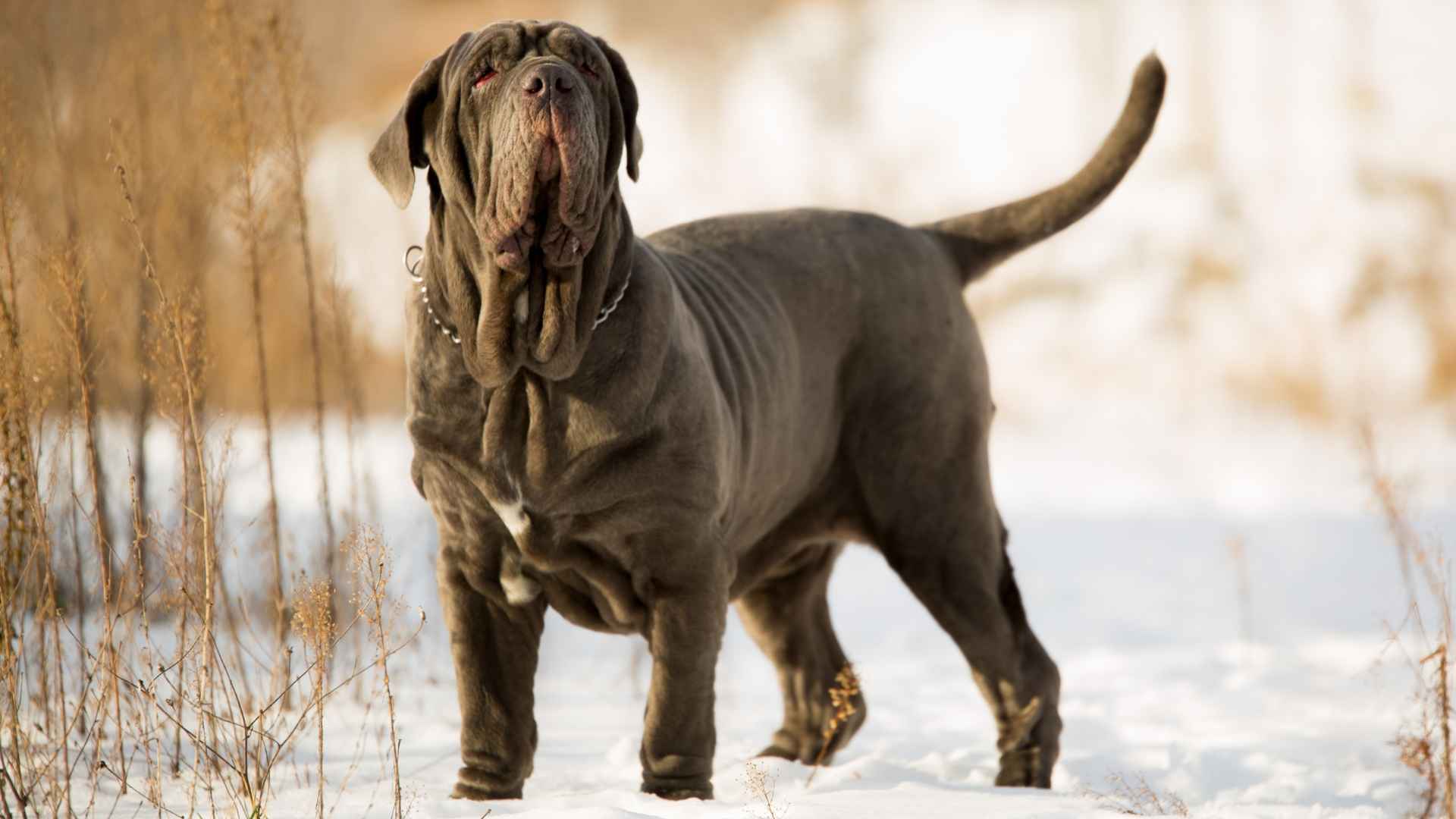Italy is known for its fashion, art, and food, but it also has a long history of powerful working dogs. Some of the most respected guard dogs in the world originated in Italian villages and the countryside.
These breeds were once trusted with everything from protecting livestock to guarding isolated mountain homes. One example, the Cane Corso, dates back to Roman times and was used in battle. Another, the Maremma Sheepdog, still watches over flocks today in the rugged hills of Tuscany.
These dogs aren’t just part of Italy’s history—they’re still relied on today for their strength and loyalty. Across farms, vineyards, and estates, they stand firm. They’re calm, bold, and smart—but above all, they’re guardians. You don’t just own these dogs—you work with them.
Below, you’ll find the most iconic Italian dog breeds, each with centuries of purpose and presence behind them.
Italian Guard Dog Breeds
1. Neapolitan Mastiff
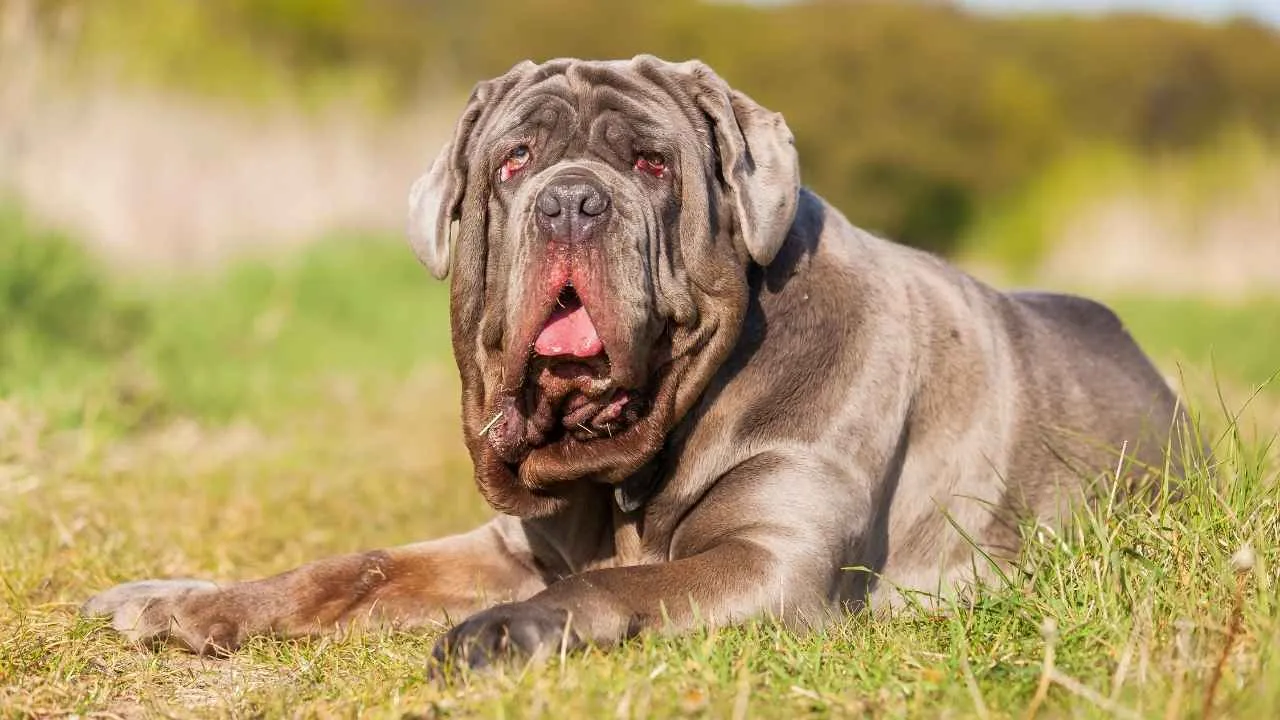
This breed descends from Roman Molossus war dogs known for their guarding instincts. Their size and bone mass give them a presence few breeds can match. Quiet by nature, they rely more on intimidation than vocal aggression when protecting their space.
Distinctive Physical Structure
The Neapolitan Mastiff is known for heavy wrinkling and deeply folded skin across the body, as mentioned in WebMD. Most noticeable is the loose skin around the head, forming thick protective layers. Their drooping eyes and heavy jowls contribute to a solemn, statuesque expression.
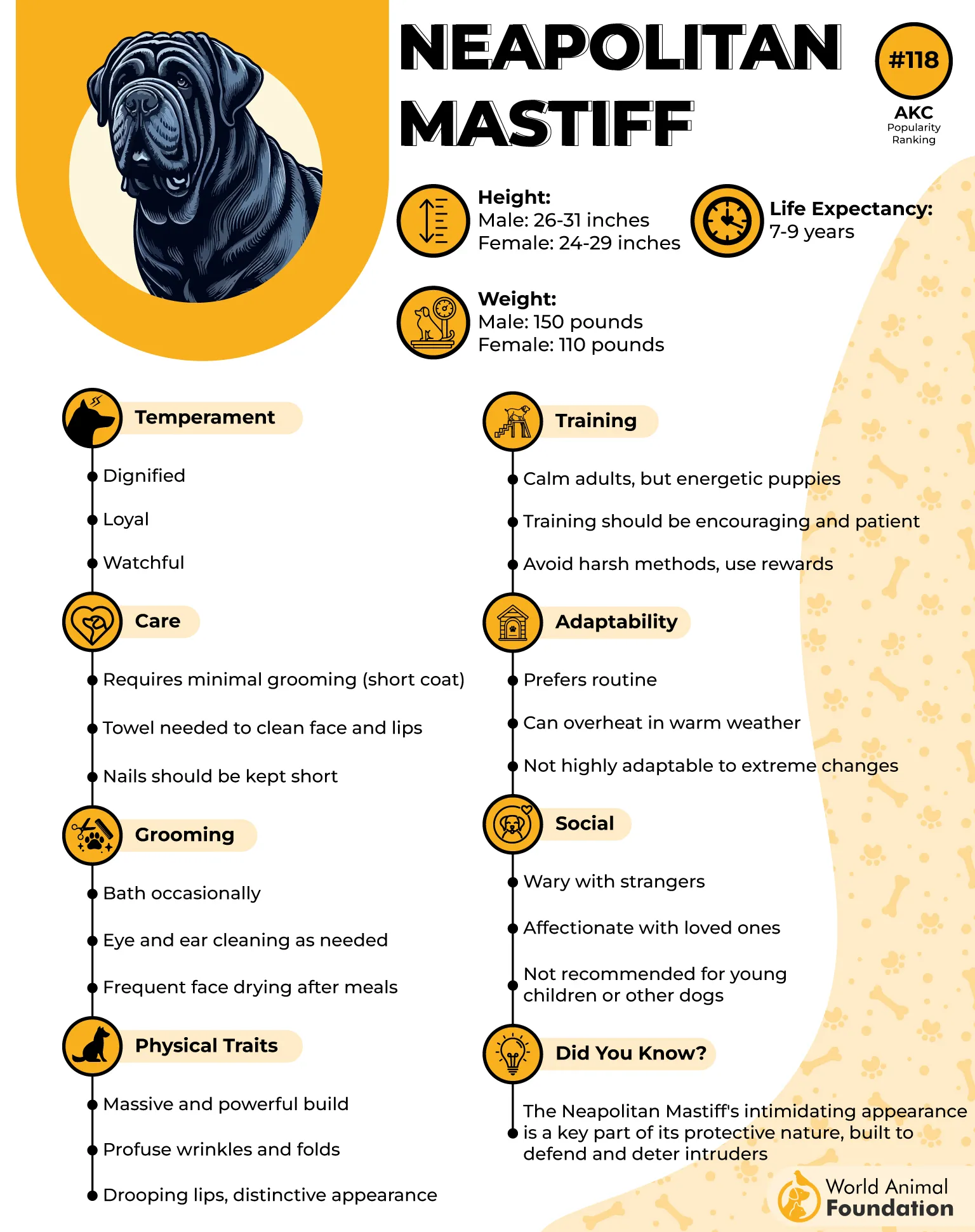
Temperament Requires Direction
They bond deeply with their family but remain reserved around strangers unless well-socialized. Their guarding nature is instinctive, not trained into them artificially. A confident and structured environment brings out their best temperament traits.
Best Suited for Confident Owners
They require early handling by people who understand large, independent dogs with strong instincts. Among Italian dog breeds, they stand out for size and ancient lineage. Many breeders recommend them only to experienced handlers who can manage firm leadership.
2. Bergamasco Sheepdog
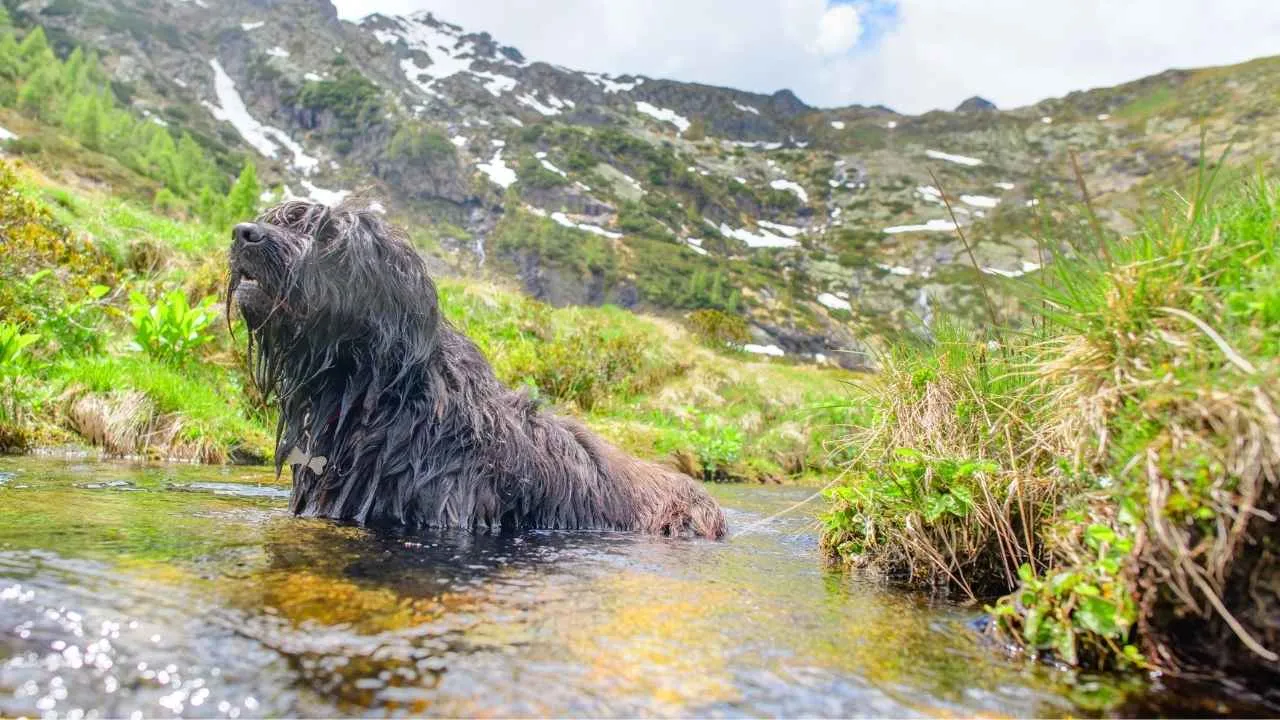
This breed is recognized for its unique three-layered coat that forms flat mats called flocks. The coat develops fully around the age of one and serves as weather protection. Originally used for herding in alpine regions, this texture allowed them to move through snow and stone.
Natural Guardian Without Aggression
Bergamascos are watchful without being reactive, showing calm focus around livestock or people, as stated in Showsight Magazine. They were often left to work independently, relying on judgment rather than commands. Their steady energy and balanced instincts make them reliable, especially in outdoor settings.
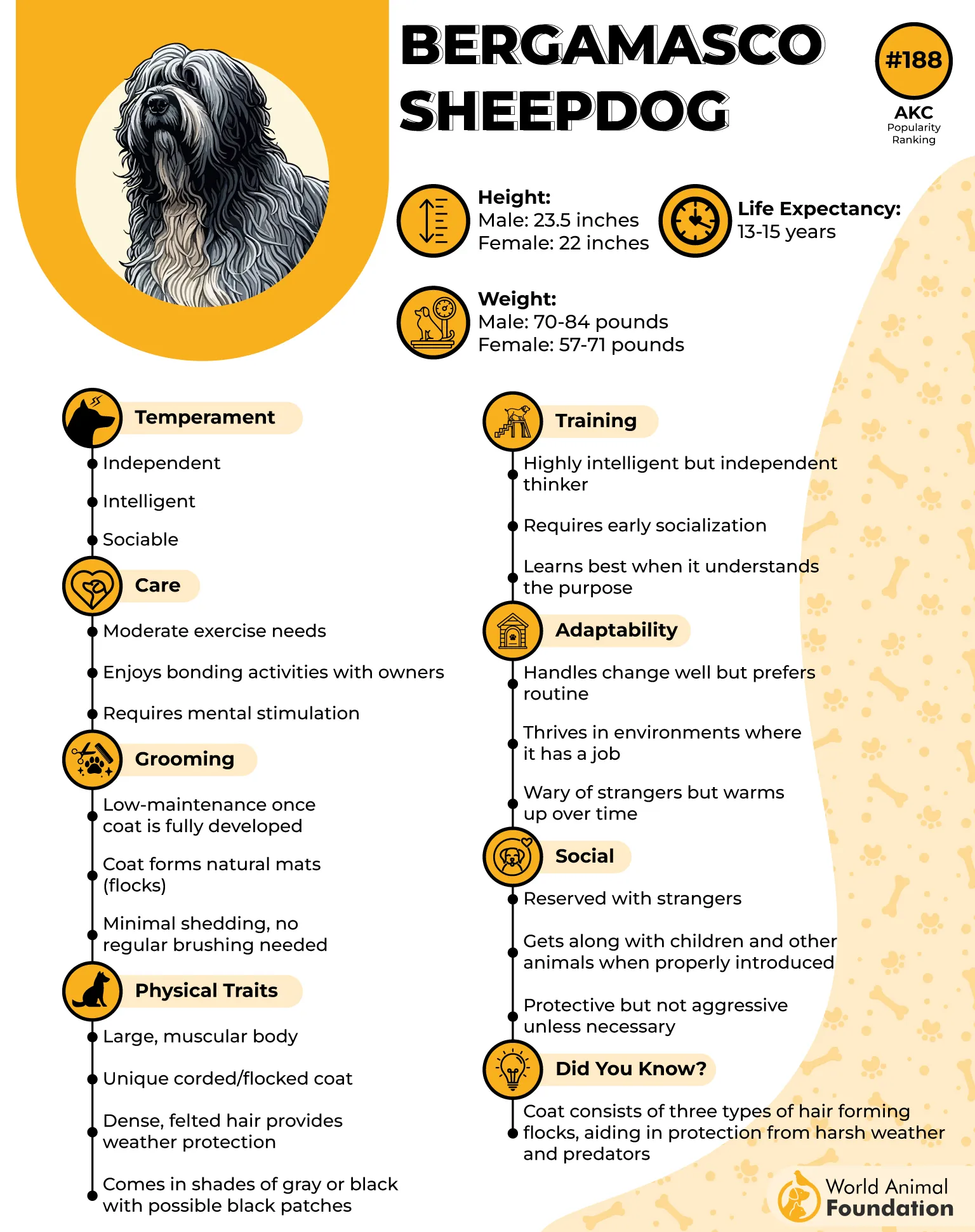
Social but Self-Assured Temperament
This breed shows quiet attachment to its family and tends to shadow its people without demanding attention. While naturally alert, they rarely bark without a purpose and dislike chaotic environments. Their calm nature makes them deeply affectionate toward familiar animals and humans alike.
Intelligent and Low-Drama Personality
Puppies often begin with soft, fuzzy coats that slowly evolve into the breed’s signature flocks. As adults, their grooming needs change, but their clean habits remain intact. Native to Italy, they are steady workers and lifelong companions from the early puppy stages onward.
3. Cane Corso
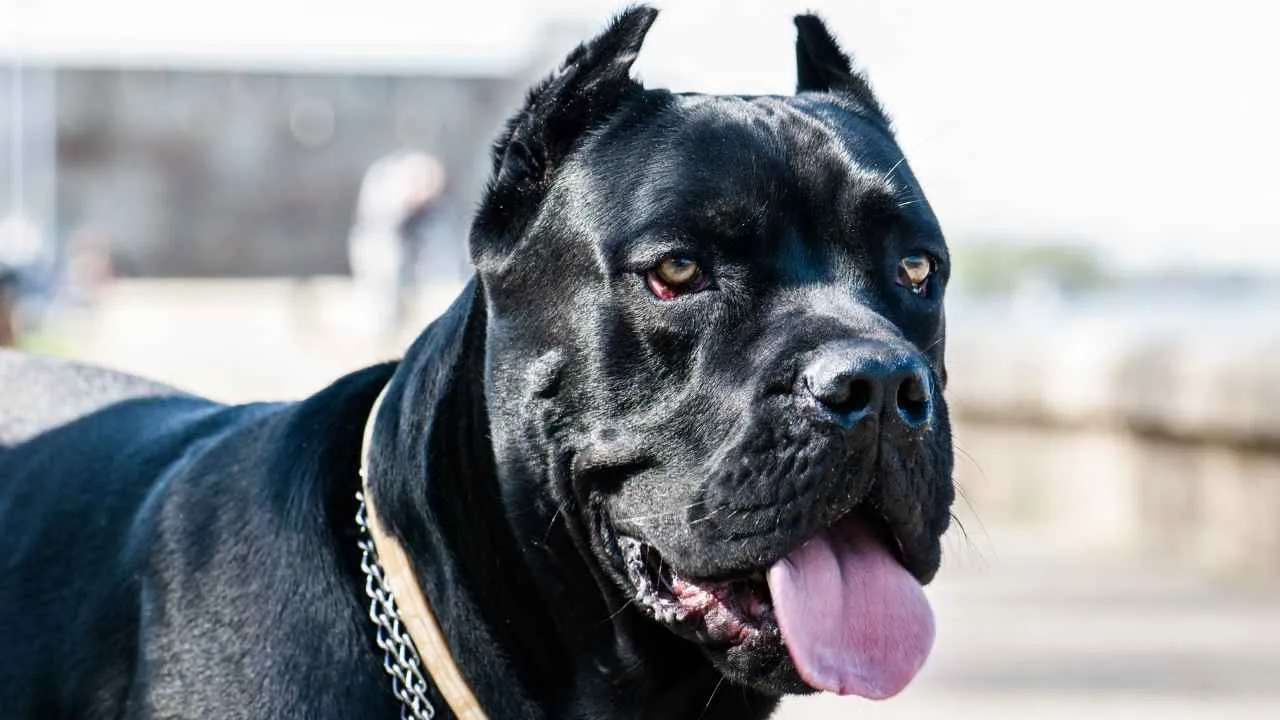
Cane Corsos were traditionally used in Italy for property protection and large game hunting. Their athletic build and confident stance come from generations of working in utility. Their stride is powerful, and their body structure supports long hours of physical activity.
Recognized for Mental Sharpness
They are highly intelligent dogs, known for understanding commands quickly and reacting with precision. Trainers value their ability to differentiate between threats and neutral scenarios. Consistent mental stimulation is essential to avoid behavioral challenges over time.

Guarding Traits with Deep Instincts
Their guarding tendencies run deep, stemming from roles in estate defense and livestock management. Cane Corsos do not need provocation to stay alert; their awareness is always active. Early training should focus on control and balanced exposure to public settings.
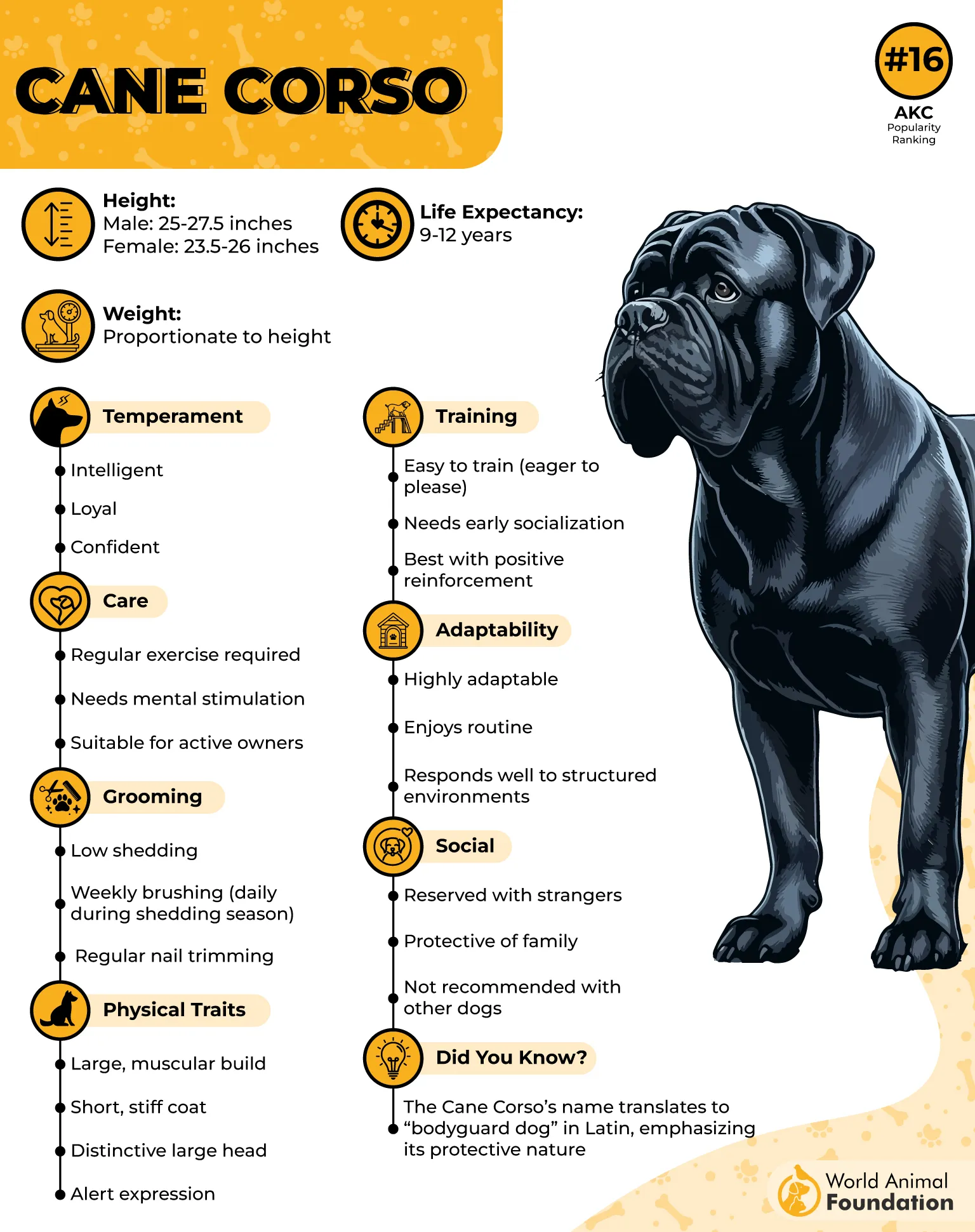
Best Fit Comes from the Beginning
Selecting the right puppy means understanding bloodlines, temperament history, and breeder practices. Socialization should begin early, especially during their early developmental stages. Their background in hunting also means they may have a stronger prey drive than other guard breeds.
4. Maremma Sheepdog
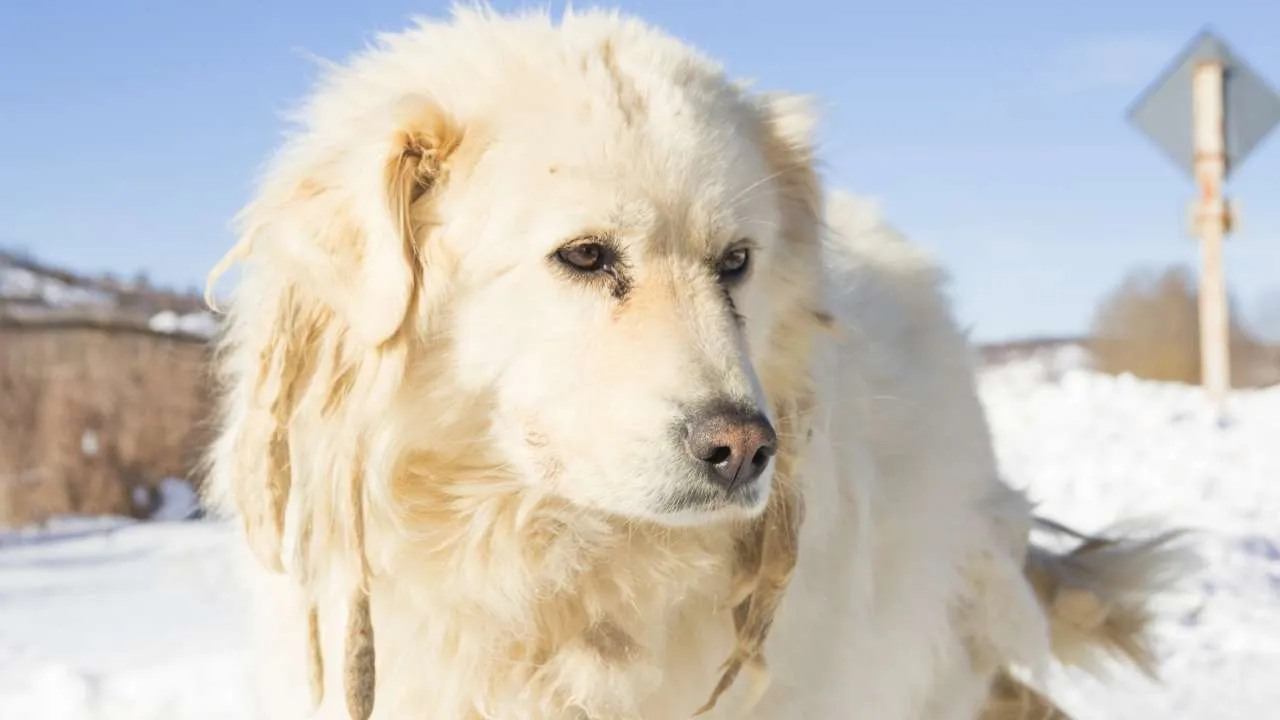
The Maremma Sheepdog has long served as a livestock guardian in the rugged hills of central Italy. Its dense white coat helps it blend naturally into flocks of sheep. This camouflage plays a real role in predator protection, particularly against wolves and foxes.
Coat Built for Harsh Environments
Their double coat is thick, coarse, and weather-resistant, ideal for long hours outdoors in extreme conditions, as per Hills Pet. It naturally sheds dirt and debris, helping to keep the skin clean. Regular brushing is essential during the seasonal shedding periods when the undercoat loosens heavily.
Independent but Alert
The breed is naturally independent due to its traditional role as a self-reliant flock guardian. Despite this, they remain watchful of movement and respond to changes in their environment quickly. Their reactions are more measured than reactive, making them quietly effective protectors.
Training Requires Patience
Training is more about mutual respect than command-repetition, and early bonding is essential. Many an Italian breeder recommends starting from a young age to develop trust. Among traditional Italian breeds, few carry such a deep-rooted connection to fieldwork and pastoral life.
5. Volpino Italiano
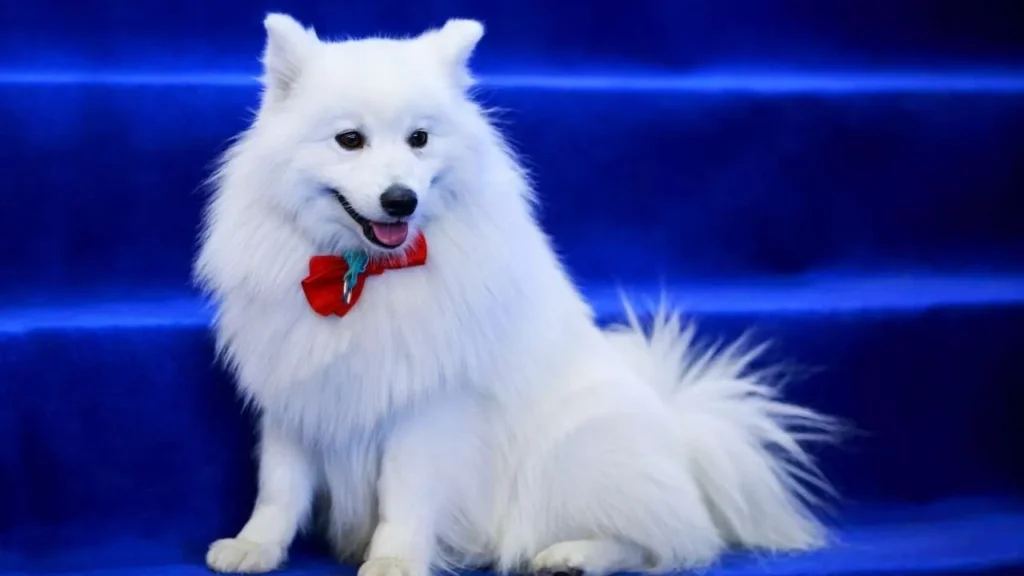
This small Spitz-type dog has roots dating back over 2,000 years in Italy. Art from the Renaissance period shows similar dogs appearing beside noblewomen and royalty. Their compact body, erect ears, and thick double coat have stayed consistent for centuries.
Alert Expression and Watchful Nature
Though small, they carry themselves with boldness and high energy. Their keen eyesight and sharp bark make them surprisingly effective as indoor alert dogs. They often perch by windows or doorways, monitoring movement with consistent focus.
Coat Demands Routine Care
Their coat is long and harsh-textured on top with a dense undercoat that forms a fluffy frame. Weekly brushing helps prevent matting, especially behind the ears and on the hind legs. Professional grooming may be needed during heavy shedding seasons.
Bold Temperament in a Small Frame
They form strong bonds with family members and are quick to vocalize when something feels off. Though social, they may need time to warm up to unfamiliar faces or environments. Their intelligence allows them to pick up on routines and household rhythms quickly.
6. Segugio Italiano
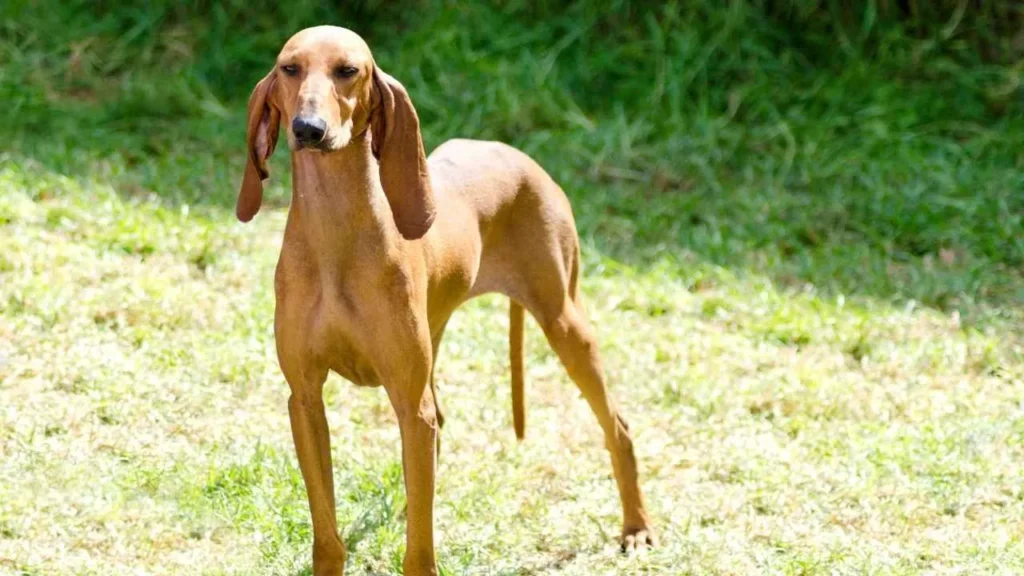
The Segugio Italiano has been documented in Italy since the Roman Empire, known for its exceptional scenting skills. It was traditionally used in packs for wild boar and hare hunting. The breed retains a lean, athletic structure ideal for long pursuits across rough terrain.
Strong Instincts and Endurance
With a deep chest and muscular legs, this breed was designed for stamina rather than speed. Their scent-tracking ability is sharp and persistent, often compared to that of bloodhounds. These traits make them more independent in their focus during outdoor tasks.
Voice Used with Precision
They possess a distinct baying vocalization that hunters use to track movement during hunts. The breed doesn’t bark aimlessly but uses sound in response to specific stimuli. This makes them both efficient trackers and alert watchdogs when on familiar ground.
Behavior Suited to Purpose
While affectionate with those they know, Segugios are naturally reserved and alert in unfamiliar settings. Their energy is best managed with daily outdoor time and mental engagement. Early socialization helps maintain their balance between focus and family life.
7. Bracco Italiano
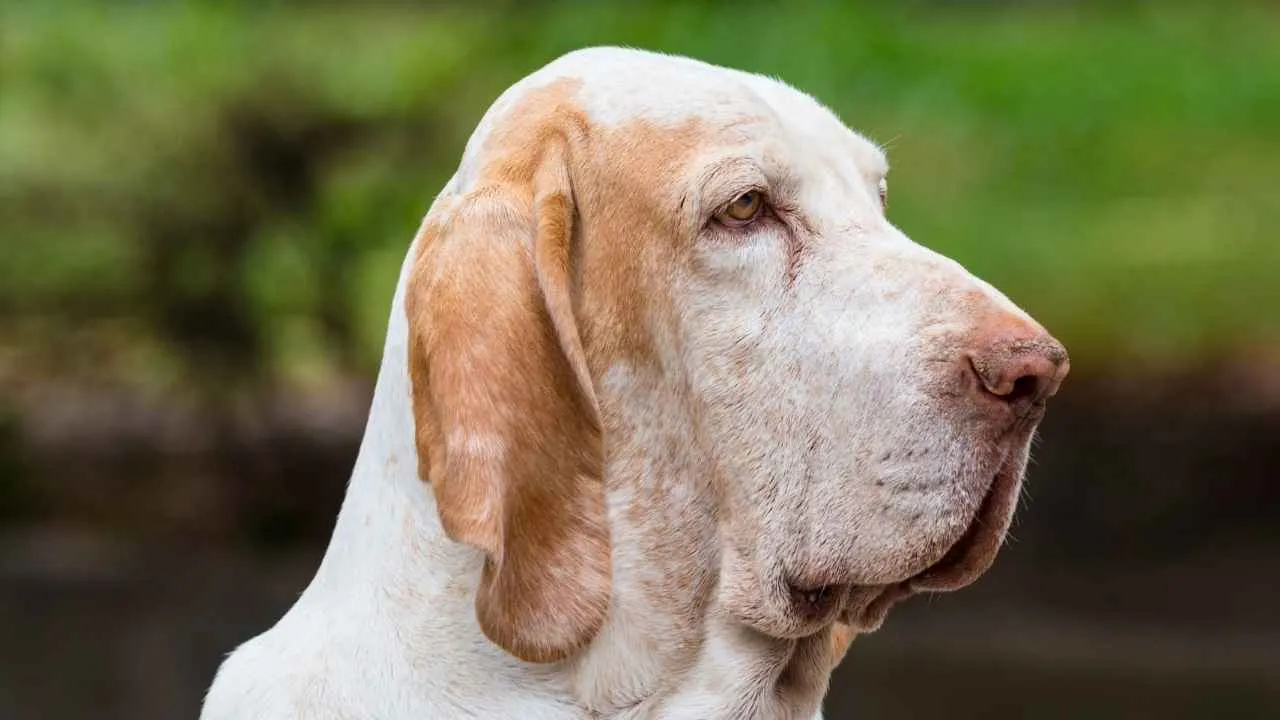
The Bracco Italiano stands tall with a sculpted frame and long limbs designed for stamina. Its square muzzle and prominent stop give it a serious, alert expression. Their large, low-set ears and droopy lips add to their noble and historic look.
Historically Valued for Versatility
Bred in Italy as far back as the fourth or fifth century, as stated in the AKC. Their endurance in the field was appreciated by hunters and aristocrats alike. Records from Renaissance kennels list them among prized working dogs.
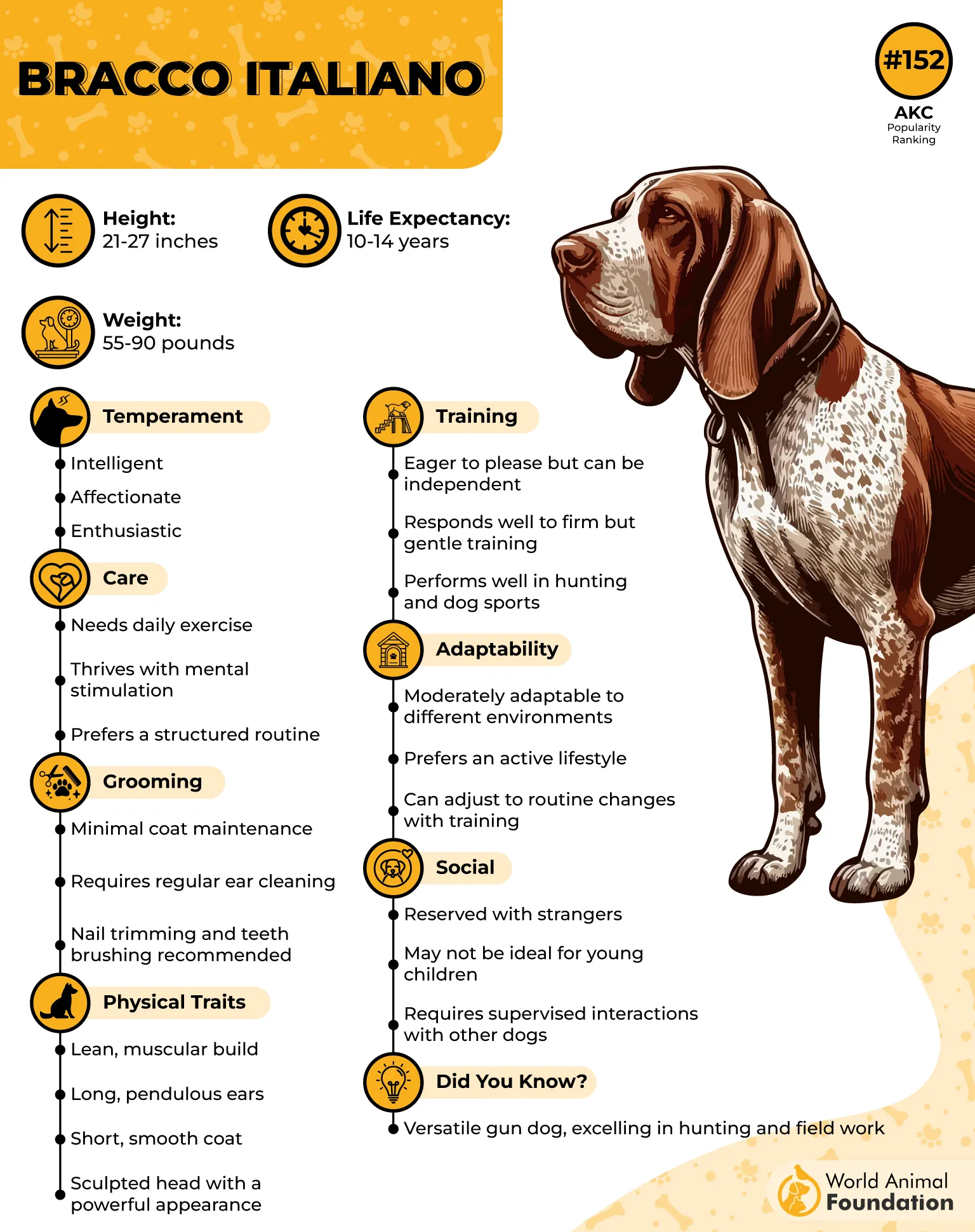
Driven by Task and Focus
This breed shows calm focus in the field and patience while tracking scent, without getting distracted. Their natural cooperation with handlers makes them suitable for structured work. With daily engagement, their discipline and drive become their strongest features.
Confident, Yet Mannered Demeanor
They’re known for being steady, composed, and deeply respectful of routines when trained early. Though large and strong, they respond best to calm correction rather than force. Their temperament reflects purpose-driven breeding rather than aggression or reactivity.
Conclusion
Italy has given us more than great art and food—it has shaped some of the most loyal and historic guard dogs in the world. From the beautiful little dogs once found in royal homes to the powerful flock defenders of northern Italy and southern Italy, each breed served a real purpose.
Some were raised to guard sheep, others to patrol estates, but all share a legacy of protection. While certain breeds may be stubborn or prone to health issues, their instincts and dedication are unmatched.
The American Kennel Club recognizes many of these dogs today, but a few remain incredibly rare, with their preservation resting in the hands of responsible breeders. Whether you need a strong partner in the field or a silent guardian at home, these Italian dogs remain watchful, eager, and ready.


